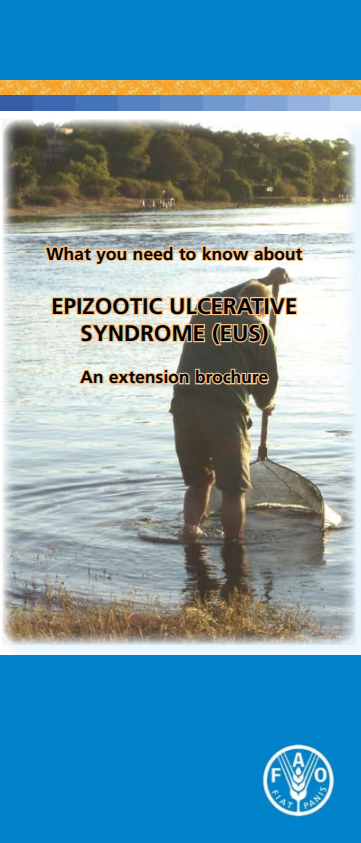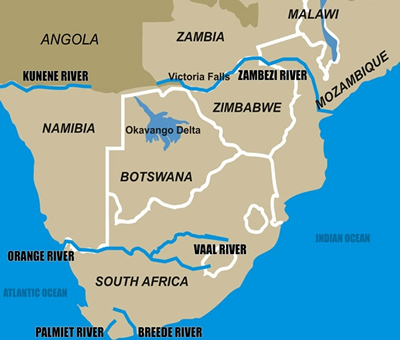The Republic of South Africa is the 4th African country to report the epizootic ulcerative syndrome (EUS) on its territory, following earlier notifications by Botswana, Namibia and Zambia. This disease of fresh-water (fin)fish affects a large number of species and is caused by a fungus (oomycete) Aphanomyces invadans.
While the three previous discoveries all occurred in the Chobe-Zambezi river basin, this new discovery was made in the far south of South Africa, in a dam on the Palmiet river, close to Grabouw in the Western Cape province.
Lesions were discovered in wild finfish that have been living in the dam for a long time, while recently introduced rainbow trout for a fish farming operation, remained unaffected. EUS is an OIE-listed disease. The OIE Reference Laboratory for this disease is based in Thailand (AAHRI, Bangkok), but a laboratory twinning programme is underway with the University of Zambia (UNZA) . The FAO has produced an information leaflet regarding this disease, which is now also available in French, thanks to the financial support of the OIE Sub-regional Representation for Southern Africa, based in Botswana, one of the affected countries.
Palmiet River South Africa map
PDF - 4.09MB



